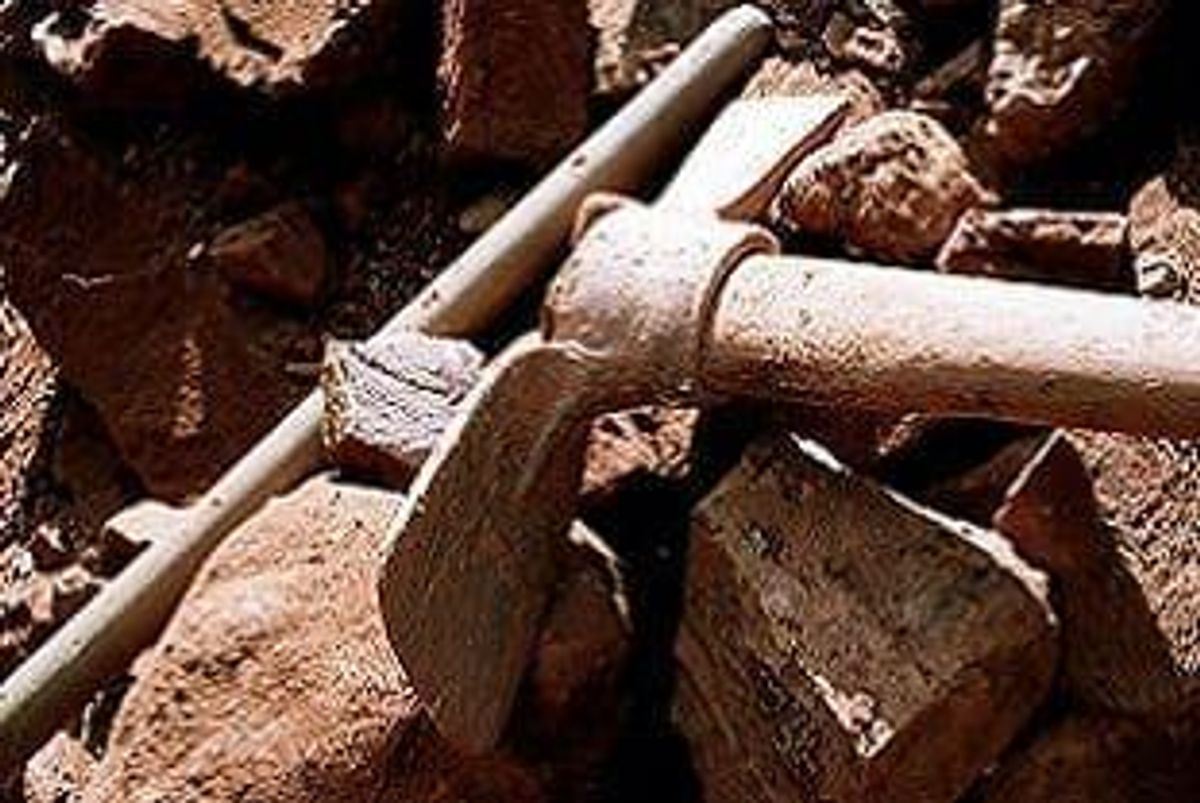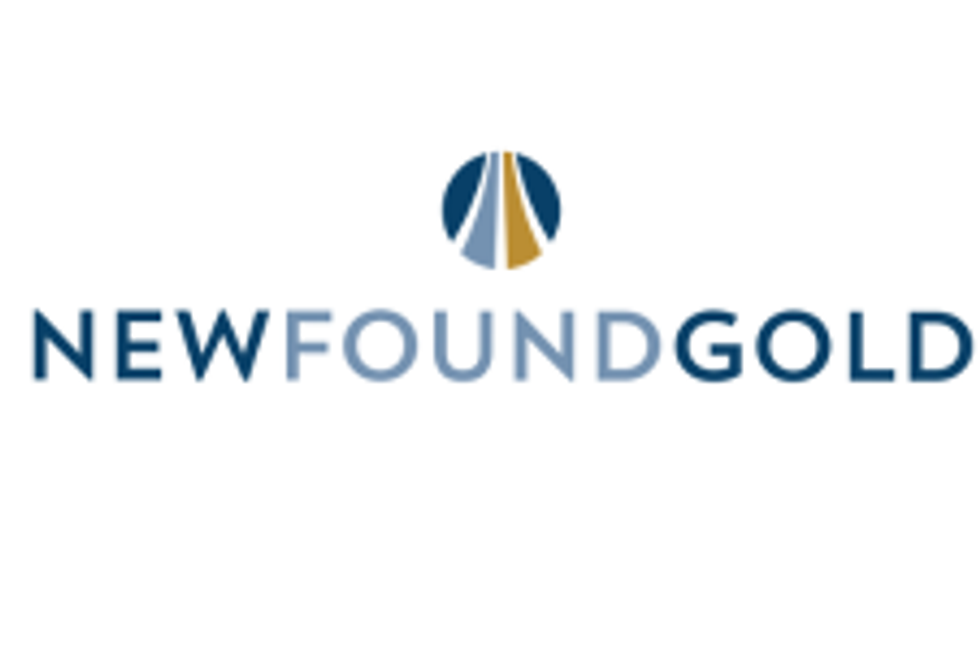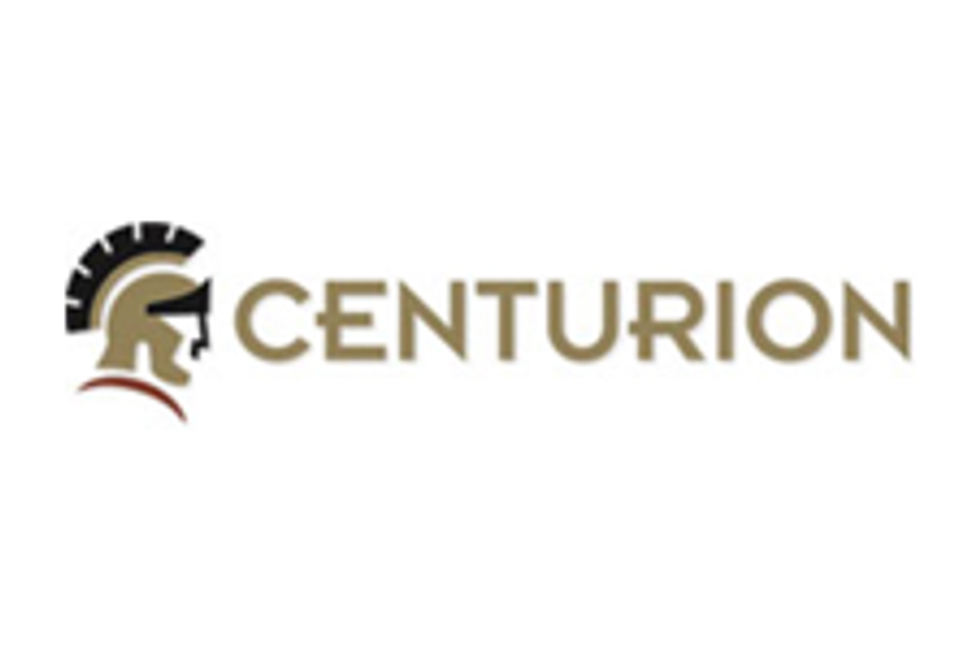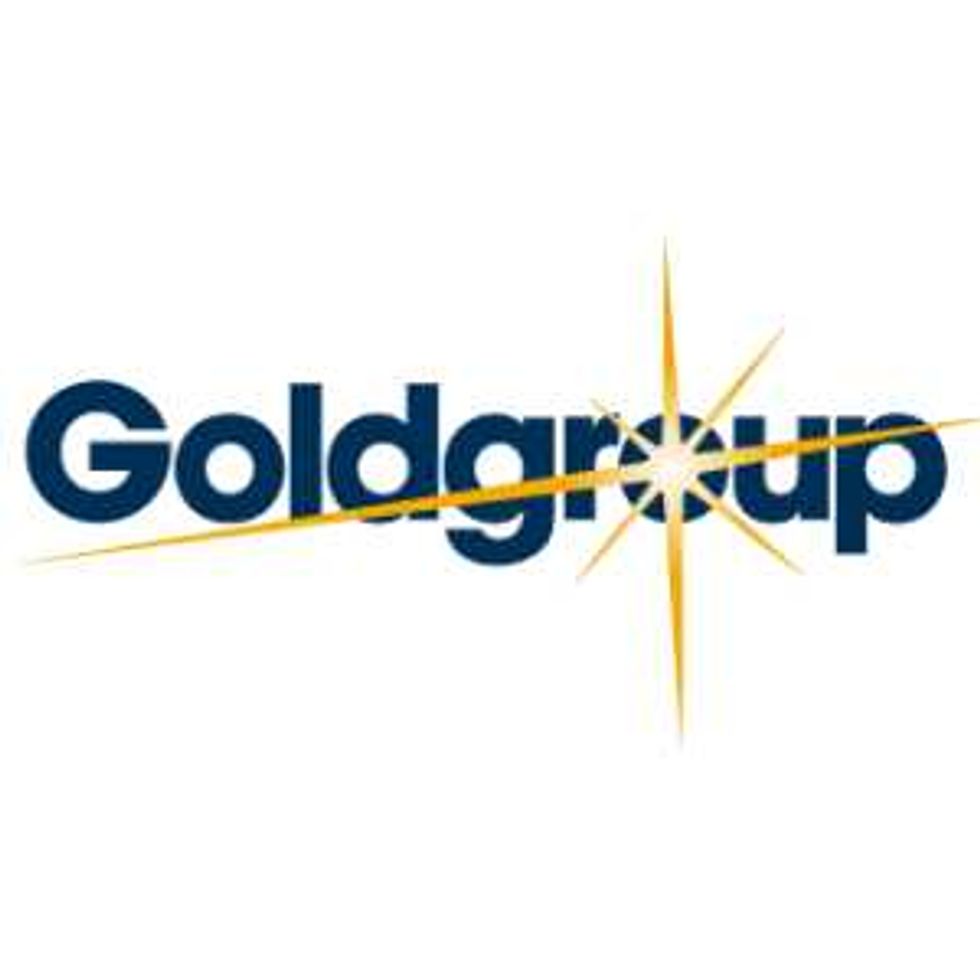
The first step in developing a gold mine is selecting an area for prospecting. While this may seem boring and irrelevant to an investor looking into gold miners, this preliminary phase is the very foundation of a successful mining venture.
By Leia Michele Toovey
The first step in developing a gold mine is selecting an area for prospecting. While this may seem boring and irrelevant to an investor looking into gold miners, this preliminary phase is the very foundation of a successful mining venture.
There are dozens of ways in which an error in this crucial time could cause major headaches down the road. A critical misstep by an exploration company could in turn impact share-value.
Therefore, it is important for an educated investor to understand the basic process involved in staking a mining claim.
Background research
Before settling on a parcel of land to lease, a mineral exploration company must determine what land is available, and whether it is government-owned or privately owned.
Market research is also an important factor in mineral exploration, and different forms of market research are conducted throughout the life cycle of a gold mine. In the beginning stages of developing a mine, market research tools are used to analyze how much gold must be found in order to make a project economically feasible based on projected commodity prices and demand growth. It’s worth noting that, certain companies are only interested in deposits above a certain size threshold.
In the beginning stages of research, miners will also consider other important factors, including local taxes and regulations, and infrastructure.
Leasing politics
How mineral rights are leased depends on what country, and even in what state or province, the land of interest is located. In fact, all of the steps involved in mining are generally heavily regulated by the government. Investors should be wary of the political climate of the region where a miner is prospecting.
Many “pro-mining” countries, offer what is called a “split-estate.” In a split estate, mineral and surface rights can be held by separate owners. This is a law that was created to encourage mineral prospecting. By only leasing the land, an explorer can save money by not having to pay for the surface ownership, and only paying for the mineral rights, which in many cases are leased and not bought. This separate mineral/land rights ownership not only saves money- it requires a shorter-term commitment. If, after leasing land, and conducting exploration, a miner does not find a viable resource, he or she can pick up and move on to the next target, without leaving capital tied up in a property.
Choosing a site
The preliminary steps of locating a site to lease may be conducted without physically collecting any surface data, a necessity due to the fact that miners must usually be granted mineral rights before they can have physical access to the land. In some cases, miners may decide to lease areas of land without performing preliminary data collection, for instance in areas that are known exploration hot spots, miners may want to apply for a lease before assessment in order to beat out the competition.
So, how do miners collect data without surface access? They analyze the likelihood of a mineral deposit on the land by looking at the regional geology. Ore genesis is constrained to certain geological environments, therefore, geologists can apply the knowledge of gold deposition environments to narrow down the search area for a potential deposit. Miners may also have access to geological maps. If the explorer is lucky, they may even be able to acquire historical exploration data. Once the explorer comes to the conclusion that there is enough evidence to suggest the possibility of a gold deposit, they will proceed to the next step, applying for a mineral lease.
The lease
Once a mining company has found an area of interest, they will apply for a mineral lease, permit, or license (the terminology varies across regions). Not everyone can apply for a mineral lease right away, for example, in Canada, miners must hold a prospector license before they can apply for a mineral license. Leases enable explorers to collect physical evidence from the property in question.
When a mineral lease is granted, the exploration company is able to conduct surface exploration. Mineral rights leases vary considerably, they may be for a finite time frame, and they are generally awarded in certain land parcel sizes. For leases from the government, mining companies are usually required to submit proof of exploration activity on order to keep their mineral lease in good standing. This is an important consideration for the prudent investor. Do some research into a mining company’s history in terms of upholding claims. If a company is known to lose claims, they may not be the best investment choice. However, companies should not be faulted for leasing a claim, conducting preliminary exploration work, and then making the decision not to proceed. Most often, this decision is based on insufficient geological evidence of a viable gold deposit. It is better that a company picks up and moves on at an early stage rather than pour hundreds of thousands of dollars into a project that may never be brought to market.
Another important consideration in terms of leasing is that not all mineral leases also imply ownership of the mineral reserve, if discovered. Often, mineral leases only award the right to prospect, and if exploration leads to the conclusion that a viable mineral deposit is present, another permitting process must be undertaken. Keep in mind that the entire mineral prospecting process is, at the very least, mediated by the government. This is why it is important to have an understanding of the political stance in the country where a miner/explorer is operating.
Once a mineral exploration company has been granted a lease/license, then the work begins. The next step is exploration. Exploration is often the most interesting part- and where investors can make a great deal of money. This will be addressed in the next part of the series.
Read the entire Life Cycle of a Gold Mine series:
Part II: Regional Exploration
Part III: Resource Definition and the Feasibility Study
Part IV: Assessment and Approval
Part V: Mine Construction
Part VI: Operating the Mine
Part VII: Rehabilitation
This article was first published on Gold Investing News on July 18, 2011.




